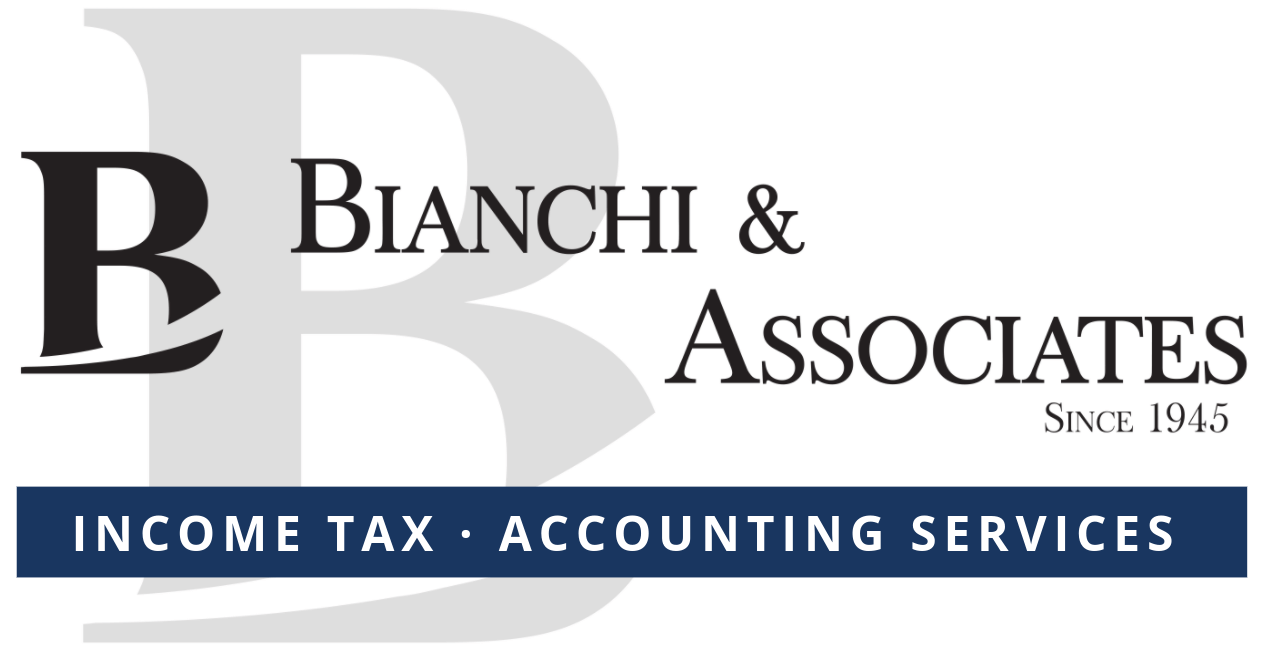A crucial part of running a business is to pay close attention to your cash flow or the movement of your cash going in or out. Operating cash flow is cash earned from the normal operating processes of a business. If your company reliably generates positive cash flows from your daily operations, investors will value this, encouraging them to invest in you. Understanding your operating cash flow will help you pinpoint your profitability since it is an excellent measure of cash sources and uses.
For this reason, it’s essential to learn how to draw up a cash flow statement, giving you a complete view of your company’s sources and uses of cash over a particular period. Although the cash flow statement is sometimes regarded as less important than the income statement and balance sheet, it offers valuable insights you can use to make informed decisions.
All About the Cash Flow Statement
The cash flow statement is known to be the most transparent financial statement. It is divided into three categories: operating activities, investment activities, and financing activities. You can calculate your cash flow using the direct or indirect method.
The direct method involves using cash receipts and disbursements from operating activities, all considered income statement data. The indirect method relies on net income and covers it to operating cash flow. While it’s best to entrust accounting services to do this for you, it’s just as important to understand what the process involves.
Understanding Cash Flow Operations
You can find operating cash flow in the cash flow statement, which details the changes in cash compared to the income statement, balance sheet, and shareholders’ equity statement. It is also known as the cash flow from operations or CFO, reporting specifically where your business used and generated cash during specific periods.
The operating cash flow section demonstrates how you generated cash by taking net income on the income statement and adjusting it to show changes in the working capital accounts on the balance sheet and other non-cash charges.
As mentioned earlier, the cash flow statement is categorized into three. The first category, cash flow from operating activities, notes a company’s operating cash movement, the total of which your business derives its operating cash flow. The second category, cash flow from investing activities, observes changes in cash from the purchase or sale of property, plants, equipment, or long-term investments. The last category, cash flow from financing activities, reports cash level changes from buying a company’s own stock or issue of bonds or paying interest and dividends to shareholders.
Breaking Down Operating Activities
Operating activities are the essential activities within a business that brings cash inflows and outflows. They include many activities, including the following:
- Total sales of goods and services collected during a specific period
- Payments given to suppliers of goods and services used in production settled during a particular period
- Payments made to employees or other expenses made during a particular period
It’s important to note that any payment you receive from your operations counts as cash flow from operating activities. This excludes money you spend on capital expenditures, cash funneled into long-term investments, and cash you receive from the sale of long-term assets.
Conclusion
Cash flow statements are an essential part of your business, as it informs you of your company’s financial health. By understanding what they record and how they work, you can keep a closer eye on your finances and make wiser decisions.
Bianchi & Associates is one of the top accounting firms in Rochester, NY. We offer accounting and bookkeeping services to help your business keep complete, accurate, and up-to-date financial records, eliminating error and accounting for each financial transaction. Contact us today to learn more about what we can do for you.
